The Adventure has certainly come a long way in a decade. When the original 950 Adventure was launched in 2003, it was KTM’s first twin-cylinder street bike: a quick and light, but not particularly practical or comfortable machine from a company best known for off-road racing. The proud claim from Mattighofen was that 95 per cent of the Adventure’s components were identical to those of the factory V-twin on which Fabrizio Meoni had won the previous year’s Dakar Rally.
Some things remain the same all these years later. The Adventure is still a liquid-cooled, eight-valve V-twin and KTM still duff up everyone in the Dakar, Cyril Despres’ recent win being the company’s 12th consecutive victory in the world’s toughest motorcycle race. But the adventure bike market’s growth — in both sales and variety of machine — during that time has led KTM to develop their own contender to meet the demand.
Not only are both the standard Adventure and the R model comprehensively updated — with fresh bodywork, larger 1,195-cc engine and more sophisticated electronics — but the standard model also moves further towards the street. It gets a 19-inch front, 17-inch rear tyre combination and reduced suspension travel, with the option of electronic adjustment. (Meanwhile, the R model retains longer legs and traditional 21-inch front, 18-inch rear wheel diameters to keep an off-road bias.)
The sharp-nosed new bike is reminiscent of the old Adventure in its traditional orange or grey finish, differing most obviously in its two-piece seat and a slightly larger screen that is adjustable for both height and angle. The adjustable seat’s lower, 860-mm setting will be a bit high for short riders, but at least the KTM is lean. At a claimed 230 kg fully fuelled it’s comparable with the Multistrada 1200 and felt notably lighter than the other bikes in this class at a standstill as I selected the ‘Street’ mode by pressing the buttons on the left bar.
On pulling away I was surprised to find my first impression being how rider-friendly the Adventure felt. This is a big, tall 152PS KTM V-twin; not long ago that would have been a recipe for snatchy throttle response and a slightly crude feel. But this bike pulled away smoothly, its combination of flexible power delivery, flawless fuel injection and light clutch (yes, you read those last two correctly) making it effortlessly controllable as I headed away from the launch base in southern Tenerife.
< !-nextpage->
Don’t think the Adventure has gone soft, though. The broad spread of torque meant it cruised happily as we headed up the TF-1 highway, effortlessly picking off traffic with a brush of the right wrist and it grunted hard out of turns with just four or five grand showing on the centrally placed analogue tachometer. However, as soon as there was an open road ahead, I only had to crack that throttle open to discover why KTM’s press-kit uses the phrase ‘all-out mayhem’ about its performance.
This V-twin might be de-tuned from RC8 R spec, but that has merely given it even more mid-range grunt. That combined with a wonderfully loose, free-revving feel to make the bike addictively fun as well as seriously quick. Revving it harder through the slick six-speed box had the bike ripping smoothly forward, its previously restrained exhaust note hardening as the Adventure accelerated towards its 250 km/h-plus top speed.
Throttle response was excellent in either the ‘Street’ or the more aggressive ‘Sport’ mode, which gave a slightly sharper feel without being remotely old-style snatchy. Toggling through the modes was easy, using the buttons on the left bar, in conjunction with an LCD screen that can be set to show a rider’s five favourite functions of the many available. (The ‘Rain’ mode, which, like the ‘Off-Road’ setting, cuts peak output to 101PS, felt very flat and was not needed on a dry day.)
If the Adventure’s engine performance was impressive, then its handling was even more so. I’d expected high-speed stability and got that, whether the KTM was being caned in a straight line or cranked through fast curves on the TF-38 that curved through the dramatic volcanic landscape of Mount Teide. What I hadn’t expected, despite the bike’s smaller wheel diameters, was such a superbly light and agile feel.
The way the KTM could be flicked through the endless hairpins of the road that tumbled back down the mountain from Vilaflor towards the coast was reminiscent of a sharp-steering naked sportster like the Super Duke, not a long-legged adventure bike. Setting the optional Electronic Damping System’s pre-load to the ‘rider-plus-luggage’ setting (which has to be done at walking pace or below) helped give a firmer ride. So did having damping on ‘Hard’, which can be set on the move and is automatically selected when in the ‘Sport’ mode.
Tyres are a vital part of an adventure bike’s character and the Conti TrailAttack 2 boots were excellent on the road, gripping hard at toe-scraping angles. Occasionally, I’d see a flash of yellow light on the dash as the MTC traction control cut in, but the bike felt superbly precise. Its ABS-equipped radial Brembo front callipers, which are backed up by the rear disc when the handlebar lever is squeezed, gave fierce yet controllable stopping and I didn’t experience the increased lever travel that a couple of riders did after a series of downhill bends.
< !-nextpage->
Those Contis had also handled my off-road excursion with admirable ease given their relatively smooth look (though they would surely have struggled in mud or thicker sand). That was true of the bike as a whole. This Adventure might have slightly less suspension travel than its predecessor and it landed a couple of small jumps with a bit of a clonk. But in the ‘Off-road’ mode — which gives soft power delivery to a 101PS max, backs off the traction control to allow some sliding and adjusts front wheel ABS while disabling it at the rear — the bike upheld KTM’s reputation. It should be respectably robust too; notably its patented wire-spoked wheels.
Less predictably, the Adventure felt equally at home shortly afterwards, back on the TF-1 autopista heading west towards the launch base hotel. The screen did a decent job of diverting the breeze even when in its lowest position, although I’m very tall. Adjustment can’t easily be made on the move, unlike the latest GS and Multistrada screens. But when stationary, you need only a few seconds to flick the levers at each side, after which most riders should find enough vertical or horizontal movement for turbulence-free cruising.
The Adventure wasn’t as compliant and luxurious as Honda’s Crosstourer or Triumph’s Tiger Explorer, even with its suspension on ‘Comfort’, but the ride quality on Tenerife’s mostly smooth roads was good. The riding position can be fine-tuned by adjusting the handlebars and footrests as well as the seat. The latter initially seemed firm, but I suffered no aches on what was admittedly a relatively short ride. That’s just as well, because you might be there for a while. KTM say fuel economy is improved by 20 per cent and a realistic 7l/100 km would give roughly 300 km from the enlarged, 23-litre tank.
Riders contemplating touring won’t be surprised to learn that there’s a long list of Power Parts accessories, including aluminium panniers and top-box, taller screen, heated grips and electrical socket. For off-road use there are crash-bars, aluminium bash-plate and rubber-mounted bar risers. Or, alternatively, there’s the Adventure R, which is also due in production almost immediately and looks set to maintain its reputation for unmatched off-road performance from a big dual-purpose bike.
But it’s this standard 1190 Adventure that is the leap forward for KTM, because on the basis of this first ride it’s simply a brilliant all-round motorbike. It enhances the model’s traditional attributes of lively performance and agile handling, then adds refinement and comfort to create a stunningly quick and enjoyable machine that could cope with every two-wheeled adventure from a track day to a trek round the world.
Adventure Tech
The 75-degree, DOHC, liquid-cooled V-twin engine comes from the RC8 R sports bike and keeps that model’s cylinder dimensions, 1,195 cc capacity and twin-plug head design. But it’s comprehensively updated, with re-designed camshafts (lighter and thinner, as well as with softer timing) and followers, plus new lightweight pistons whose skirts have a hard-anodised coating. Bottom-end changes include a re-designed gearbox with a lower first ratio and a new slipper clutch that incorporates a servo effect, allowing a much lighter lever action.
Breathing is overhauled with a new airbox, longer intake trumpets, smaller and smoother intakes plus a new stainless steel exhaust, all aimed at maximising low-rev and mid-range output. The biggest change is arguably the new ride-by-wire injection system, which incorporates four riding modes (‘Rain’, ‘Street’, ‘Sport’ and ‘Off-Road’) plus four-way adjustable MTC traction control. The peak output is 152PS at 9,500 revolutions per minute, matching that of the Ducati Multistrada that is the Adventure’s closest rival. Service intervals are increased to 15,000 km and double that figure for valve adjustment.
Chassis layout is unchanged, still based on a frame of chrome-molybdenum steel tubes and a die-cast aluminium swing-arm. Suspension is by WP, with the 48-mm forks and rear shock both multi-adjustable; electronically in the case of the more expensive of the two standard Adventure models. This gives four-way pre-load (solo or two-up; both with or without luggage) plus three damping settings – ‘Comfort’, ‘Street’ and ‘Sport’ – all selectable via the left handlebar.
The wheels have road-oriented 19-inch front, 17-inch rear diameters, but are wire-spoked, in a patented design that KTM claims is stronger than cross-spoke layouts. Tyres are Continental’s tubeless TrailAttack 2s, in 120/70 and 170/60 sizes. Braking is by 320-mm front discs and Brembo radial four-piston callipers in a combined system that gives some rear brake when the handlebar lever is used. The ABS system, developed in conjunction with Bosch, incorporates two modes: road and off-road. The latter mode adjusts the front and also disengages the rear system to allow skids.
< !-nextpage->
Jörg Schüller, KTM Streetbike Product Manager
“We made a very early decision to make two models, because we had to be adaptable to the market, not just follow our heritage. This bike is very different from the original Adventure; it’s a purpose-built streetbike. Of course, we wanted to keep the qualities we had before, but we knew we had to do it differently.
“It’s a KTM, so it had to be off-road capable and it had to be very fast on the road. But we wanted to give it other qualities too, so you can take your wife on it and cruise around in the Alps. The aim was enjoyment for everybody, not just the fast guys and hardcore KTM people. The old Adventure was fun on the road, but this bike is far ahead in speed and comfort.
“The concept of the whole bike was to be light. We finished with a bike that weighs 230 kg fully fuelled with 23 litres. One interesting task is to find something cheap on this bike; you won’t do it. The frame is laser-cut, robot-welded, super precise and very stiff. The swing-arm is die-cast aluminium; also very stiff and light. The WP suspension is high quality and again nothing cheap.
“We wanted a light bike, but we didn’t want to sacrifice off-road usability. For example, the wheels are not nice spoked wheels or stylish spoked wheels, but they are bulletproof spoked wheels. We’ve done the testing and I could tell you some stories. Cast wheels: forget it. Some other spoked wheels: I don’t know, they didn’t withstand the tests we did. But these are very strong. They’re developed in-house, tubeless and seal at very low pressures.
“Our benchmark was, of course, the BMW, although we don’t yet know the new one. We asked ourselves what is the leader in the sector and for sport it was the Multistrada. On the comfort side, maybe you wouldn’t want to reach the level of the big sofas like the Triumph and Yamaha, so we said, ‘Okay, let’s try to reach this…’ So, overall, it was the GS and we heard it’s a little more sporting now. I’m sure it’s a very good bike. We can’t wait to see how we compare…”
|
KTM 1190 Adventure |
|
| Engine type | Liquid-cooled 75-degree V-twin |
| Valve arrangement | DOHC, eight valves |
| Displacement | 1,195 cc |
| Bore x stroke | 105 x 69 mm |
| Compression ratio | 12.5:1 |
| Fuelling | Keihin digital fuel-injection |
| Clutch | Wet multi-plate slipper |
| Transmission | Six-speed |
| Maximum power | 152PS at 9,500 RPM |
| Maximum torque | 125 Nm at 7,500 RPM |
| Front suspension | 48-mm WP upside-down telescopic fork, 190-mm travel, adjustment for pre-load, compression and rebound damping. Optional Electronic Damping System (EDS) |
| Rear suspension | WP single shock, 190-mm spring travel, adjustment for pre-load, compression and rebound damping Optional Electronic Damping System (EDS) |
| Front brake | Two, four-piston Brembo radial callipers, 320-mm discs with C-ABS |
| Rear brake | Twin-piston Brembo calliper, 276-mm disc with C-ABS |
| Front wheel | 3.50 wire-spoked aluminium rim |
| Rear wheel | 5.00 wire spoked aluminium rim |
| Front tyre | 120/70 x 19 inch Continental TrailAttack 2 |
| Rear tyre | 170/60 x 17 inch Continental TrailAttack 2 |
| Rake/trail | 26 degrees/120 mm |
| Wheelbase | 1,560 mm |
| Seat height | 860 mm |
| Fuel capacity | 23 litres |
| Weight | 212 kg without fuel; 230 kg with full tank |

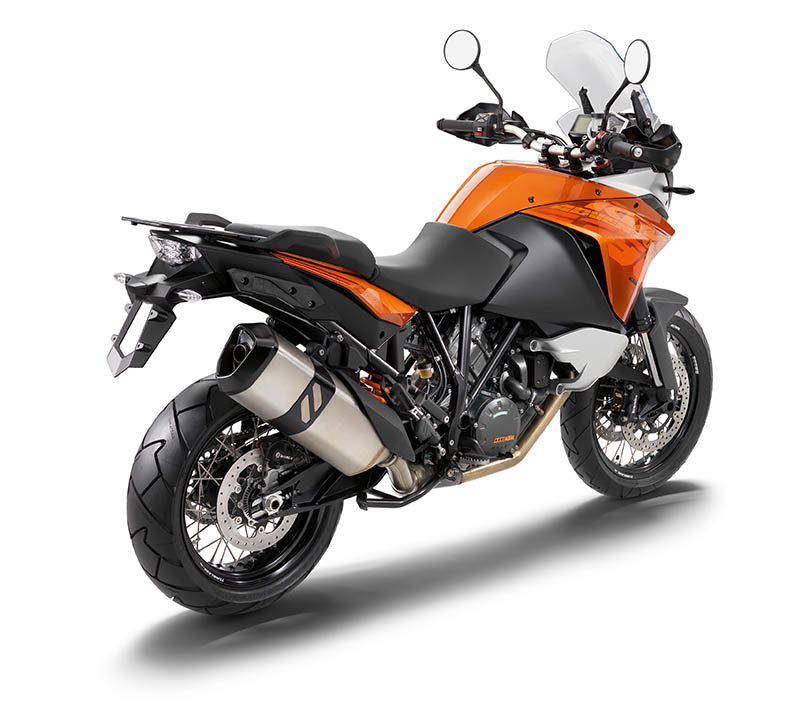
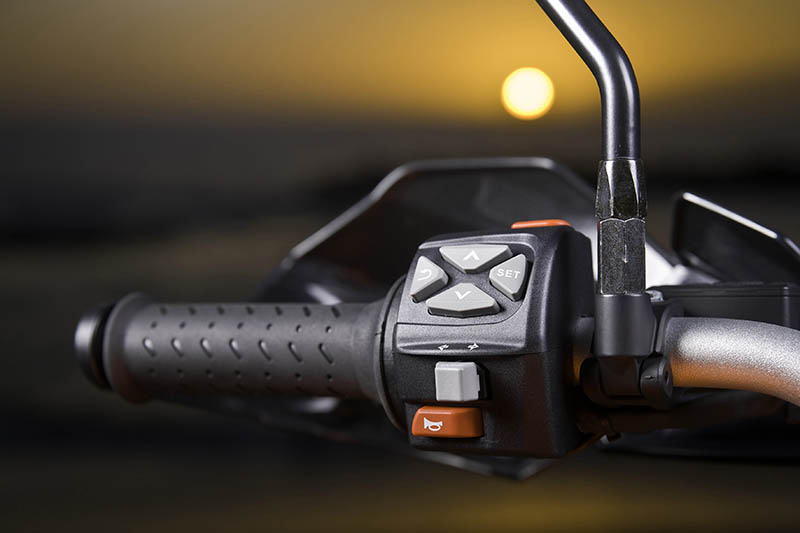
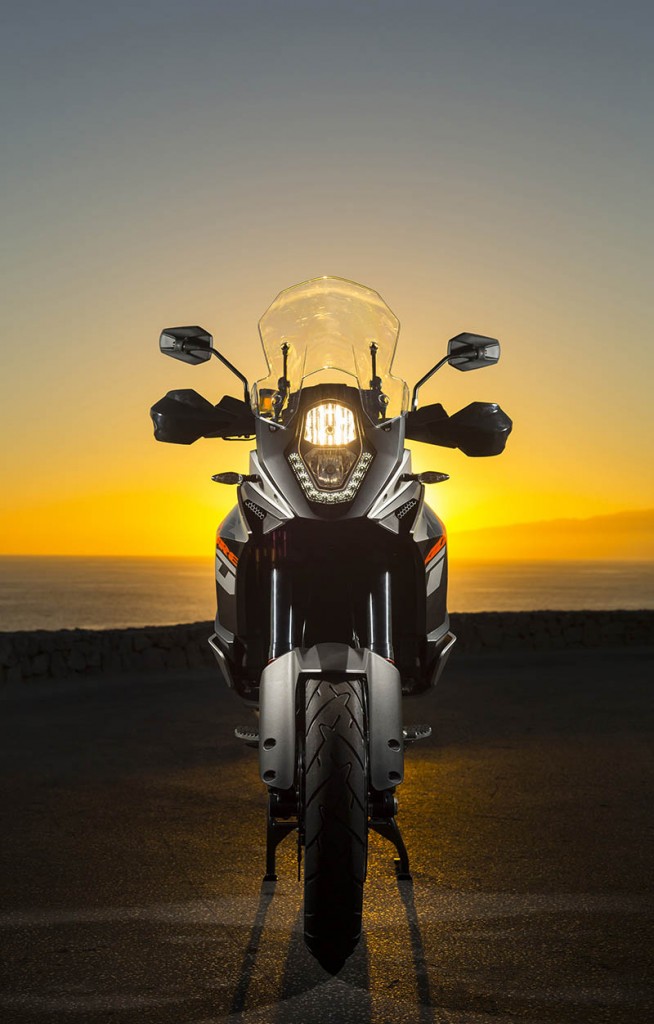
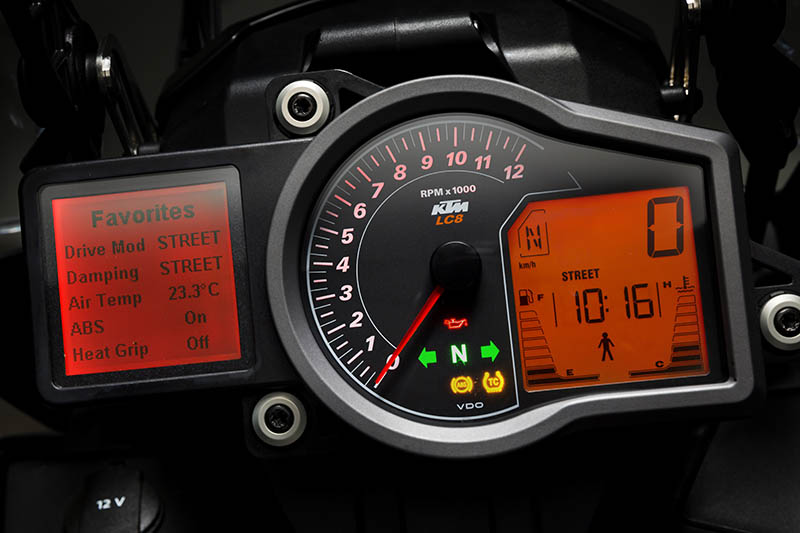
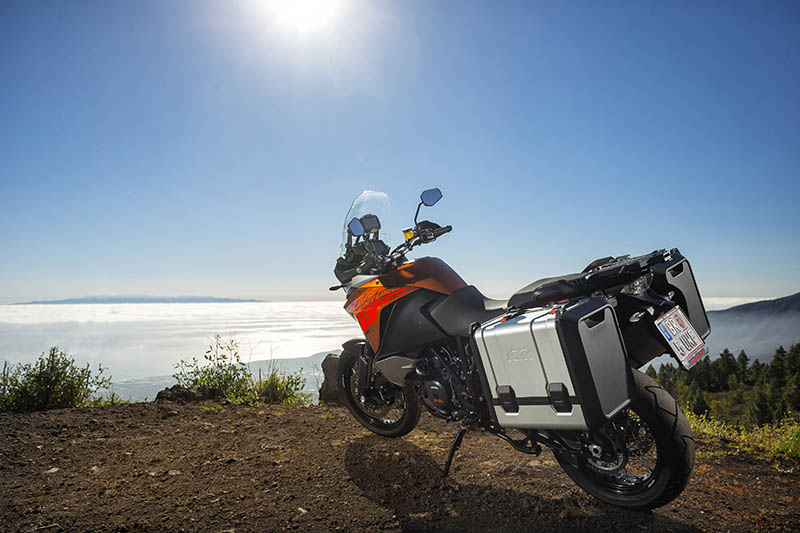
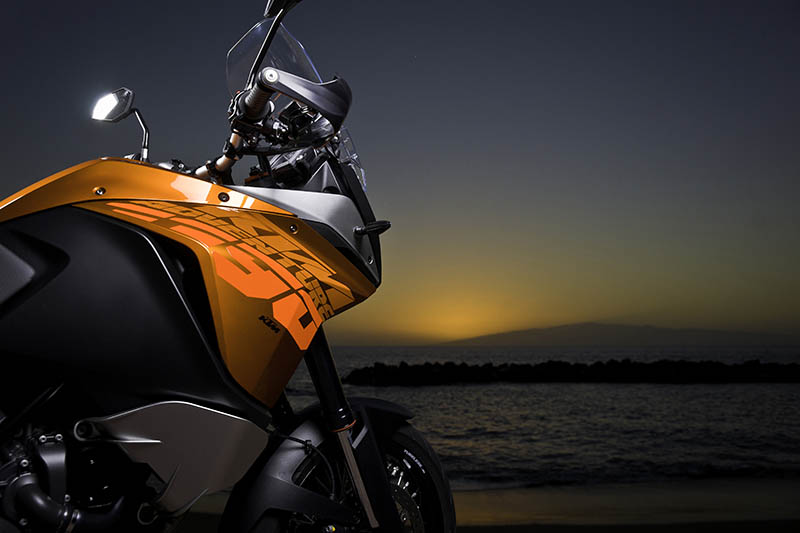
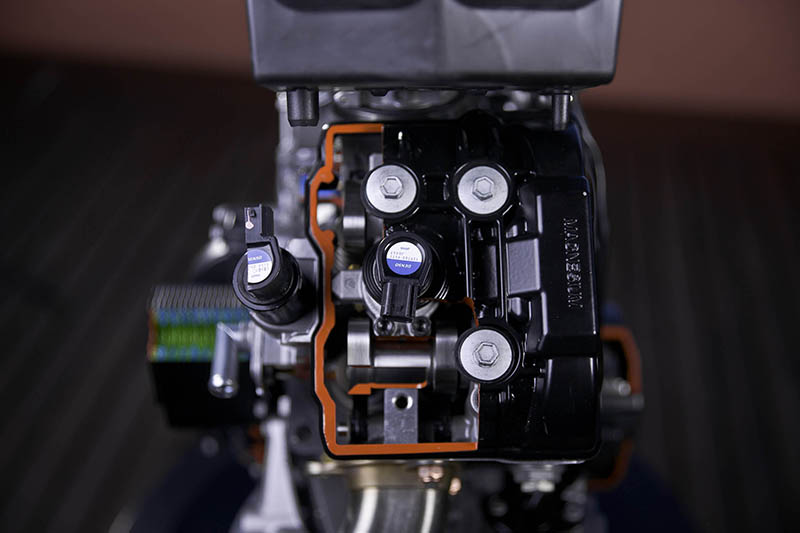
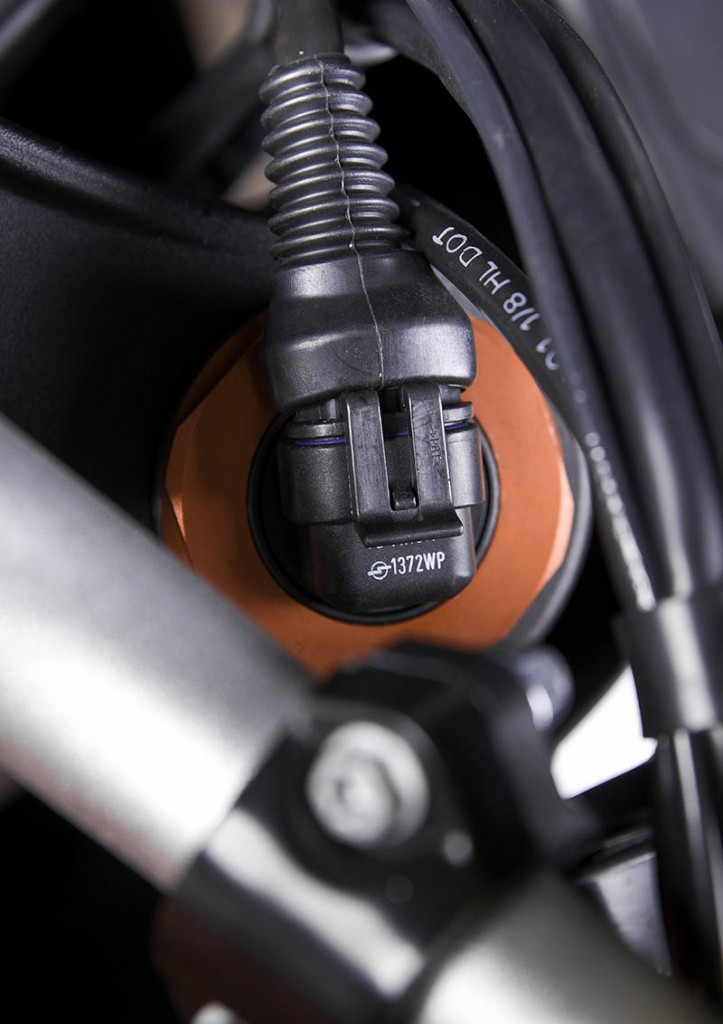
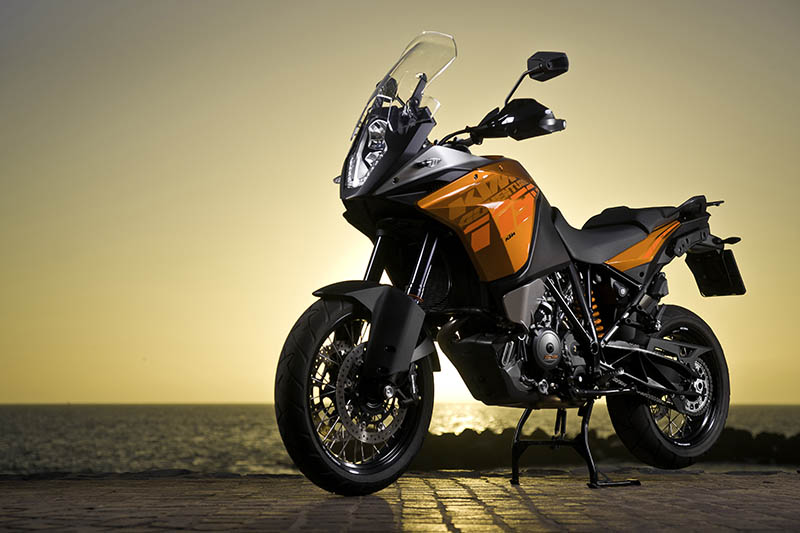
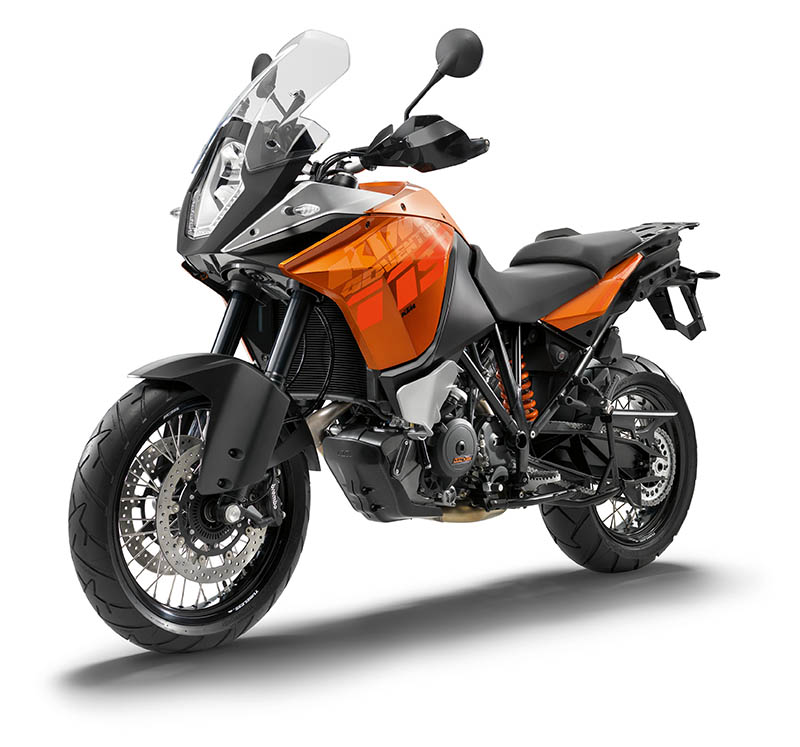
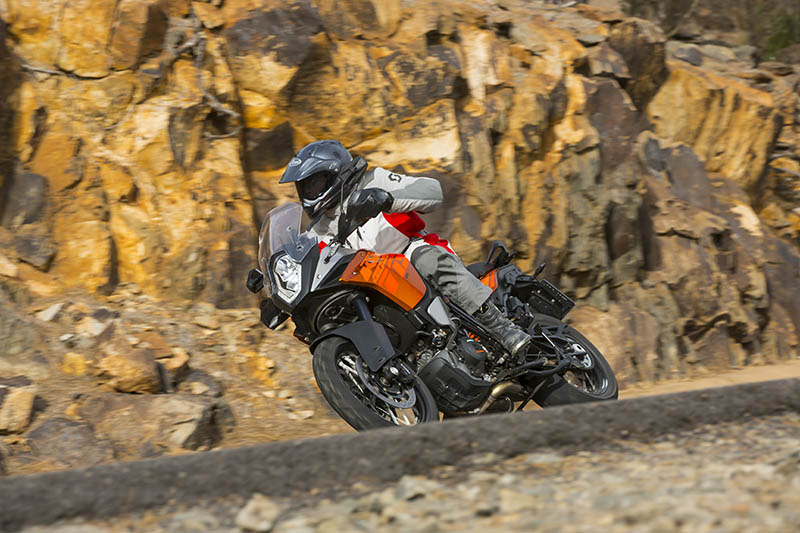

Leave a Reply